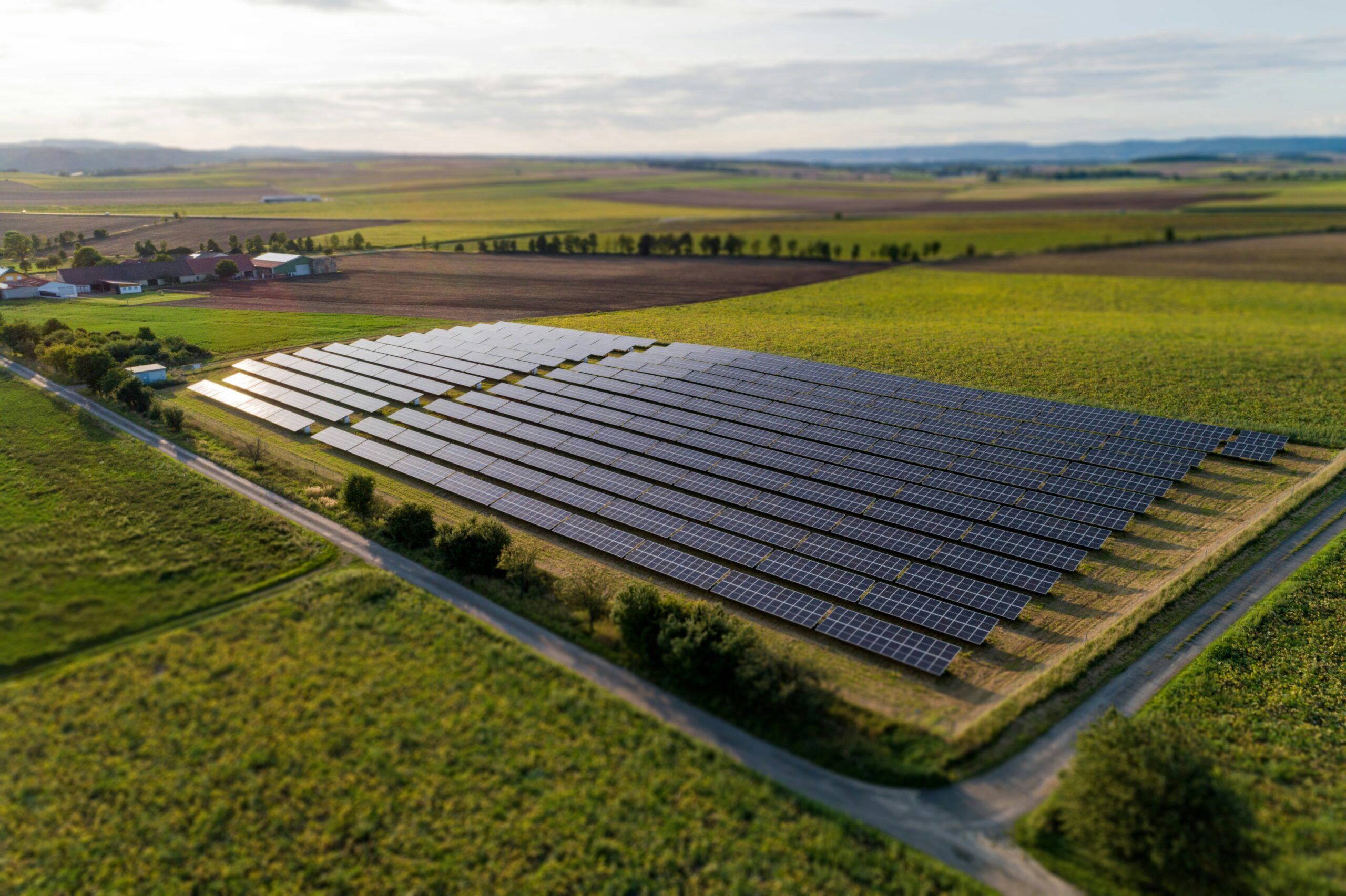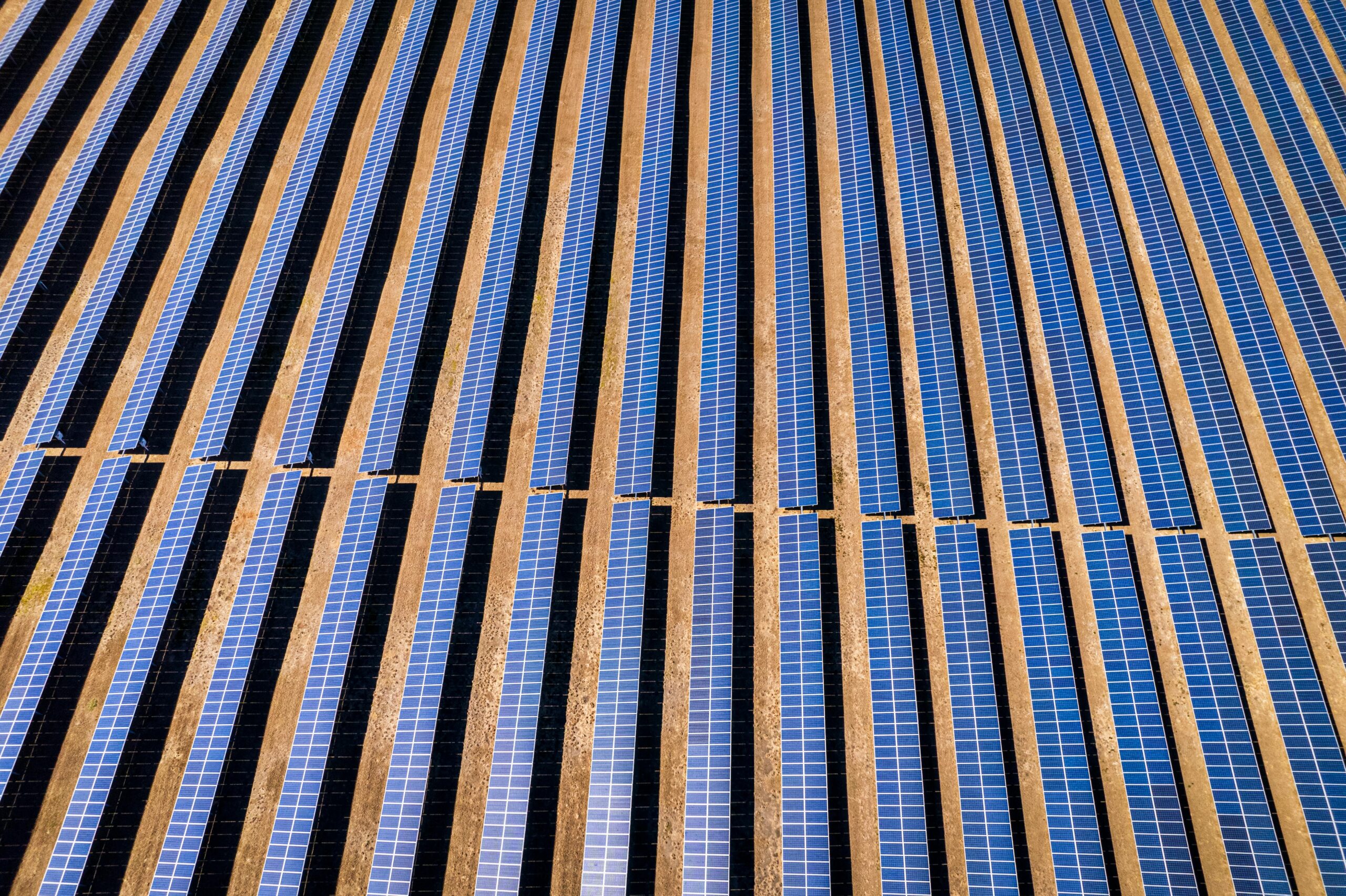
Solar Feasibility Forecast
Quickly assess any site for solar project feasibility and estimated power output.
Gain critical insights in minutes with a powerful tool designed for the earliest stages of solar project development. Skip costly manual engineering upfront and get reliable approximations fast.
Inform your project site selection process, decide which projects to bid on, and vet project concepts before investing in more comprehensive feasibility studies or preliminary site plans.
Rapid, data-driven results
Well-evidenced evaluation of site feasibility and design without full surveys or engineering data.
Backed by high-quality datasets
Leverage the best available public data assets for topography, hydrologic features, and infrastructure to identify optimal site layout.
Automated calculations
Evaluate terrain, grading constraints, and construction complexity to assess logistical and financial viability.
Simple and flexible
A user-friendly web interface enables rapid experimentation with multiple project constraints.
Optimize early decisions
Iterative comparisons support high-level optimization, saving time and resources on early project concepts.
The ORCaS Solar Feasibility Forecast empowers solar project leaders to make informed decisions quickly and confidently, ensuring smoother progress from concept to development.
How it works
1. Tell us who you are
ORCaS partners can review all forecast results and build on viable site layouts with analyses for detailed project design and optimization.
New here? No problem. We can run a forecast for you. Let us know if you want to request a full demo.
2. Set key project parameters
- Target project size (in megawatts DC)
Set a target based on project/financial objectives, or estimate a realistic output based on site acreage. - Ground coverage ratio (GCR)
GCR directly affects row pitch, or distance between rows, and is often regulated by local jurisdictional authorities. - Allowable pile reveal window
Larger reveal windows can increase potential output on a site, but also increase construction complexity and cost. Practically speaking, reveal window should decrease as project size increases. - North-South tracker slope limit
A limit of 8.5 degrees aligns with common tracker/foundation manufacturer specifications. More aggressive slopes can be considered if your project is expected to use solar foundations with higher tolerance. - Solar trackers/foundations of interest
The outputs of the forecast include automated setup for more detailed Layout Analysis, which supports direct comparison of different trackers and foundations. So choose any trackers you would like to consider in the full project design.
3. Specify your site boundary
The web interface support two simple methods:
- Upload a KMZ or KML file, which are easily exported from projects in Google Earth and many CAD programs.
- Alternatively, use the web map to draw one or more polygons around your site construction boundaries.
4. Submit for analysis
We’ll send you forecast results in about 15 minutes. You’ll get…
- A brief assessment of your project’s estimated output with the input constraints
- A reference image of the feasible site layout
5. Move your project forward
Become an ORCaS partner if you haven’t already. Request a consult and we’ll get in touch.
If the project forecast is promising, you’ll have options to move forward with any of the following:
- Underlying topographical data
- Underlying hydrological data
- Direct comparison of different solar trackers/foundations
- Detailed Layout Analysis to support your optimized solar site design
If the forecast reveals challenges or limitations in site feasibility, use insights from the analysis results to iterate on your project plans.
FAQ

Partner with ORCaS
We offer flexible solar analysis, solutions, and support models, and we partner with teams of all sizes across the breadth of the solar industry — including developers, EPC firms, engineers, solar equipment manufacturers, and more.
